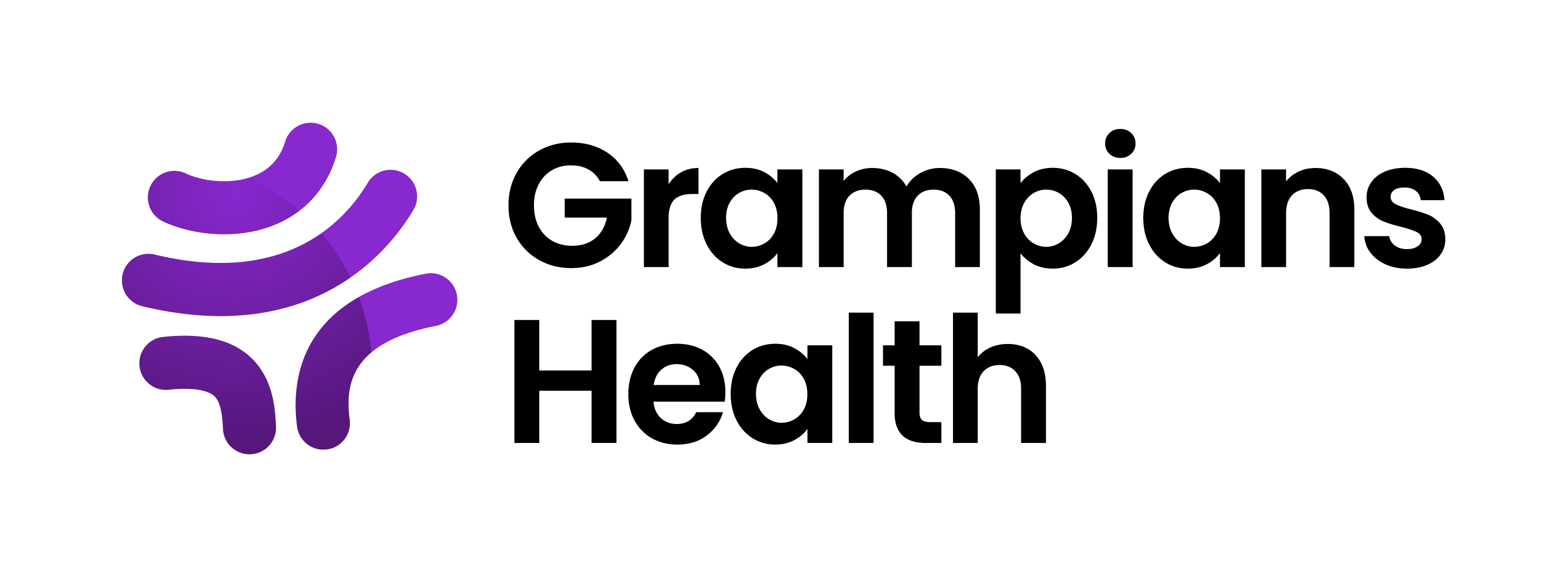Please use this identifier to cite or link to this item:
http://hdl.handle.net/11054/2961Full metadata record
| DC Field | Value | Language |
|---|---|---|
| dc.contributor | Azar, D. | en_US |
| dc.contributor | Beauchamp, A. | en_US |
| dc.contributor | Talevski, J. | en_US |
| dc.contributor | Wong, S. | en_US |
| dc.contributor | Sharma, L. | en_US |
| dc.contributor | Alston, L. | en_US |
| dc.contributor | Oqueli, Ernesto | en_US |
| dc.contributor | Jessup, R. | en_US |
| dc.date.accessioned | 2025-01-15T06:36:55Z | - |
| dc.date.available | 2025-01-15T06:36:55Z | - |
| dc.date.issued | 2024 | - |
| dc.identifier.govdoc | 02835 | en_US |
| dc.identifier.uri | http://hdl.handle.net/11054/2961 | - |
| dc.description.abstract | Background/Introduction: Healthcare services that are perceived as accessible (i.e. appropriate, acceptable) by patients are associated with stronger relationships with providers and greater usage of the service; leading to improved self-management and overall health. However, little is known about what makes a service ‘accessible’ from the patient and clinician’s perspective in cardiac settings. Purpose: To examine factors that influence accessibility of cardiac services for patients following their first myocardial infarction (MI). Methods: Seven focus groups and 14 interviews were conducted with cardiac patients (n=37) and clinicians/managers (n=9) who work in cardiac acute or rehabilitation settings. Cardiac patients were adults aged >18 years admitted with their first MI to one of four health services in Victoria, Australia. An inductive thematic analysis approach was utilised. Results: Key themes identified from patients and clinicians included: 1) rushed communication and technical language used by clinicians; 2) health information not tailored to patients’ needs; 3) limited staff time to educate patients; 4) patients feeling unprepared for discharge and “lost” following discharge; 5) poor communication between hospitals and General Practitioners, and; 6) uncertainty around who manages post-discharge medication. Additional barriers were observed for rural patients. Conclusion(s): Patients with MI face multiple barriers to accessing appropriate cardiac care, many of which relate to health literacy. Future interventions to improve accessibility of cardiac services should focus on education for patients and clinicians, plus improving communication between the patient, hospital and community providers. Strategies that increase patients’ preparedness for discharge may support them to better manage their own health post-MI. | en_US |
| dc.description.provenance | Submitted by Gemma Siemensma (gemmas@bhs.org.au) on 2024-11-04T00:25:05Z No. of bitstreams: 0 | en |
| dc.description.provenance | Approved for entry into archive by Gemma Siemensma (gemmas@bhs.org.au) on 2025-01-15T06:36:55Z (GMT) No. of bitstreams: 0 | en |
| dc.description.provenance | Made available in DSpace on 2025-01-15T06:36:55Z (GMT). No. of bitstreams: 0 Previous issue date: 2024 | en |
| dc.title | Experiences of accessing cardiac services following first myocardial infarction: A qualitative study. | en_US |
| dc.type | Conference | en_US |
| dc.type.specified | Presentation | en_US |
| dc.bibliographicCitation.conferencedate | August 1-4 | en_US |
| dc.bibliographicCitation.conferencename | 72nd Annual Scientific Meeting of the Cardiac Society of Australia and New Zealand | en_US |
| dc.bibliographicCitation.conferenceplace | Perth, Australia | en_US |
| dc.subject.healththesaurus | CARDIOLOGY | en_US |
| dc.subject.healththesaurus | MYOCARDIAL INFARCTION | en_US |
| Appears in Collections: | Research Output | |
Files in This Item:
There are no files associated with this item.
Items in DSpace are protected by copyright, with all rights reserved, unless otherwise indicated.
